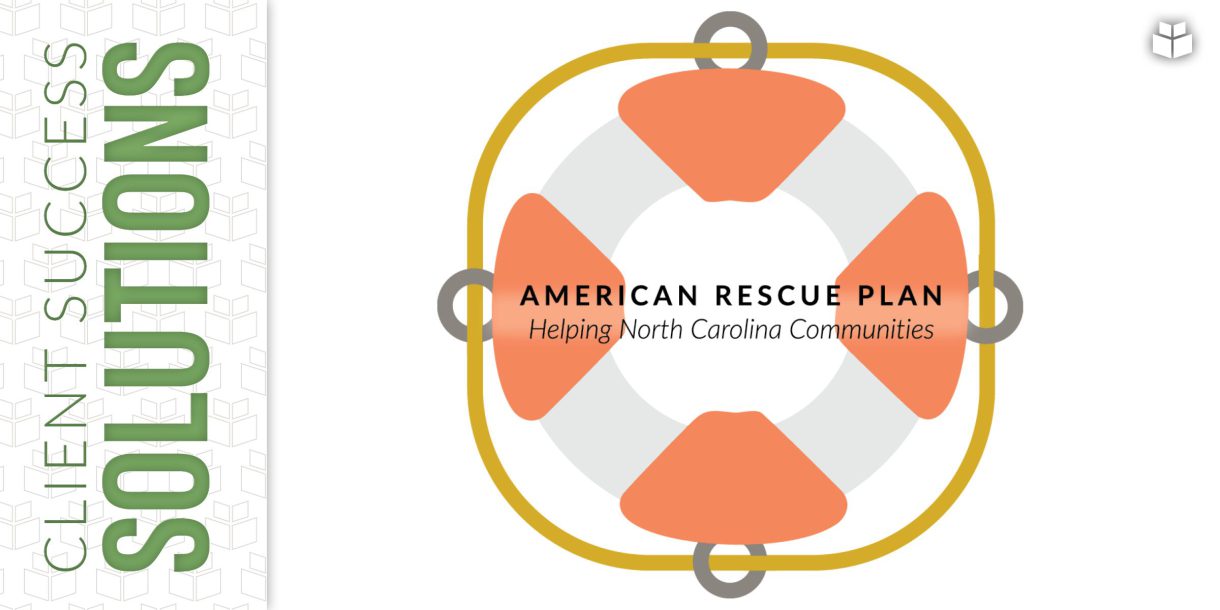
As North Carolina towns, cities and counties continue to recover from the impact of COVID-19, a huge economic shot in the arm is arriving.
The American Rescue Plan (ARP) Act of 2021 allocates $1.9 trillion nationwide for COVID-19 relief and recovery, including $9 billion in North Carolina. Signed into law March 11, the first batch of funds has already been distributed, with the state, counties and large municipalities seeing their funding first.
Overall, here’s what North Carolina can expect to see in total from ARP funding:
Direct federal aid to North Carolina counties: $2 billion. Counties that can qualify for Community Development Block Grants (CDBG) will receive a larger share of the population-based funds.
Cities and towns: $1.4 billion.
State government: $5.6 billion, with the decision on how it is allocated to come from Gov. Roy Cooper and the legislature. Expect an application process to determine funding distribution.
While there are still questions on exactly how localities can spend the COVID-19 funds they will receive, the guidelines put forth identify five categories eligible for spending:
- To respond directly to COVID-19
- To respond to negative economic impacts
- To provide premium pay for essential workers
- To offset revenue loss
- To invest in infrastructure (including water, sewer and broadband)
WithersRavenel Vice President of Asset Management and Funding Seth Robertson, PE has been tracking the federal government’s guidance on the stimulus money package. While some aspects of the spending guidance are difficult to understand, he’s optimistic about the options available.
You have some flexibility as a community to decide what your needs and are and what you want to do,Seth said.
There are reporting guidelines for states, counties and cities/towns. The reporting rules vary by community, and the state will have some responsibilities to help some smaller communities.
Additionally, the timeline to spend the funding provides some room for planning. First, the funds must be obligated by the end of 2024. If you are under contract for services, for construction by that date, you have met that deadline,Seth said.
The period of performance runs until end of 2026, meaning contracted work must be complete by that time.
Seth’s early advice for municipalities on what to do with stimulus funds? Take these steps:
- Identify eligible needs
- Identify multiple needs
- Do public input
- Bring elected officials into the discussion
- Identify water and sewer projects, and update your Capital Improvement Plan if you haven’t
- Identify gaps between direct funds and potential state funds
Do you have questions about stimulus money and spending? Check out Seth’s recent webinar on the topic here. You can also check out our webpage dedicated to ARP news and information here. For guidance from the state of North Carolina on budgeting and accounting, click here.
You can also reach out to WithersRavenel for assistance with helping your community target stimulus spending and to guarantee you get the most bang for your buck. Reach Seth at srobertson@withersravenel.com or (919) 238-0323.
